Lobsters are crustaceans that have lived in the world’s seas for about 480 million years and can be seen in all of the world’s oceans. Have you ever thought about more fascinating facts about these kinds of water creatures? If you answered yes, keep reading. This post will disclose ten fascinating lobster facts you probably didn’t know.

1. Insects Have a Closer Relationship With Lobsters Than Fish

Insects and lobsters both belong to the Arthropoda phylum, both having exoskeletons.
©Haland/Shutterstock.com
Lobsters are invertebrates or animals without a backbone. Their exoskeleton serves as protection, much like the exoskeletons of insects, to which they are more closely related. Insects and lobsters both belong to the Arthropoda phylum.
Despite their similar exoskeletons and legs, insects and lobsters are fundamentally different creatures. Lobsters, for example, have ten legs, but insects only have six.
2. Lobsters Have Rings Across their Bodies that Indicate their Age
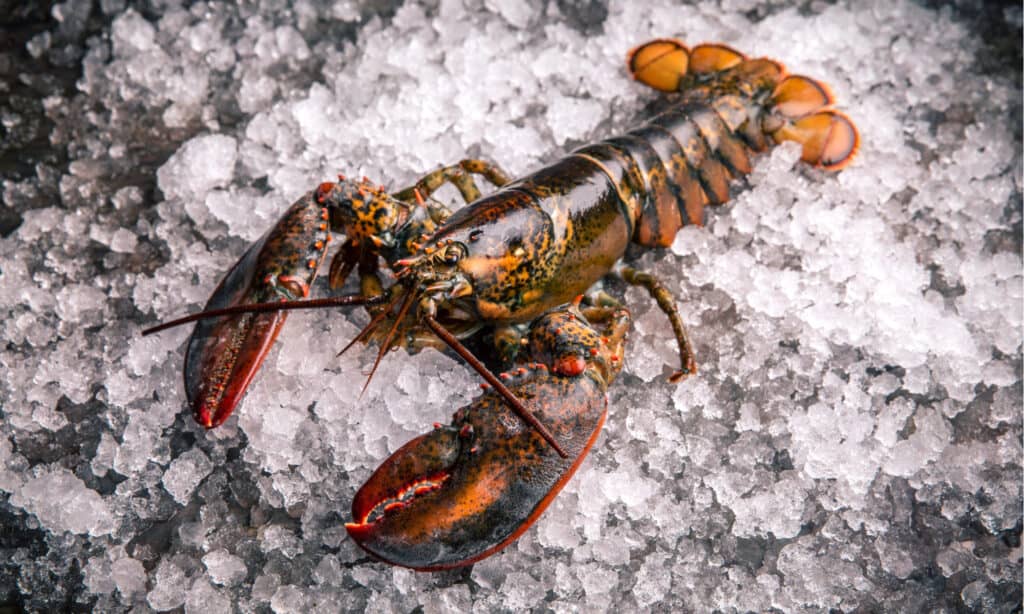
The bands on a lobster’s shell might be used to determine its age, similar to tree rings.
©MaryLucky/Shutterstock.com
Scientists discovered in 2012 that the bands on a lobster’s shell might be used to determine its age, similar to tree rings. These bands can be found on the antennae and stomachs of lobsters.
To figure out how old a lobster is, dissect it and count the bands on its eyestalk, similar to how tree rings are measured. Scientists could already tell the age of a fish by numbering the growth rings in a bony section of its inner ear, a shark’s age by counting the bands in its vertebrae, and a scallop or clam’s age by counting the rings on its shell.
Crustaceans, on the other hand, presented a dilemma due to the apparent lack of any permanent development structures. Whenever lobsters and other crustaceans molt, it was thought that they shed all calcified body portions that would record yearly growth rings.
3. Lobsters Have a Long Life Expectancy
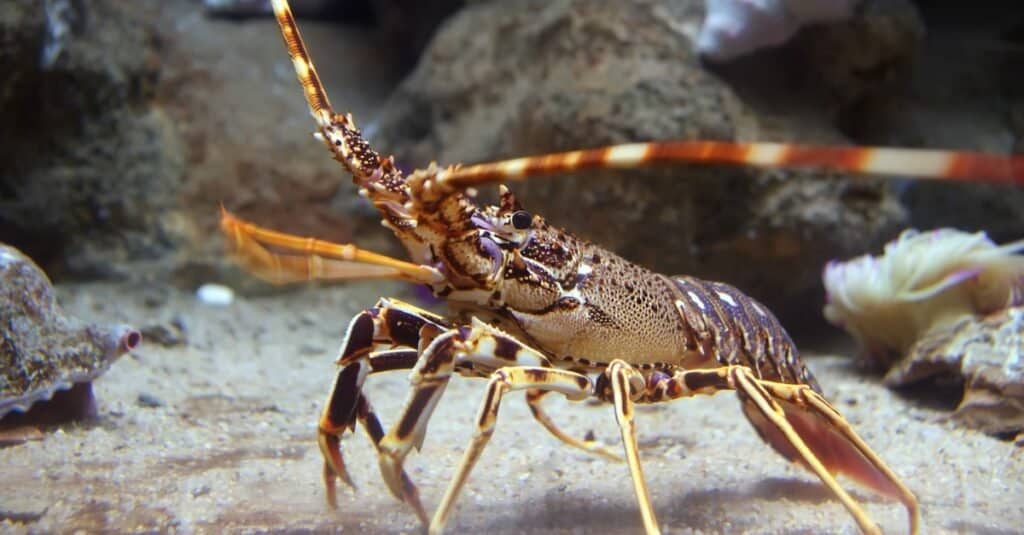
Lobsters can live as long as 80 years.
©VLADJ55/Shutterstock.com
Lobsters live significantly longer than other crustaceans. The average lifespan for this crustacean is around 20-80 years. Male lobsters lived 31 years on average and female lobsters lived 54 years, according to a study of European lobsters. Females who lived above 70 years were also observed in the study.
When a lobster is unable to molt, it officially ceases to grow. Lobsters will continue to grow as long as their shells can renew to accommodate their larger bodies. While lobsters appear to live indefinitely, they eventually lose their carapace and die due to a shortage of space in their shells.
4. Lobsters Grow at an Unpredictable Rate
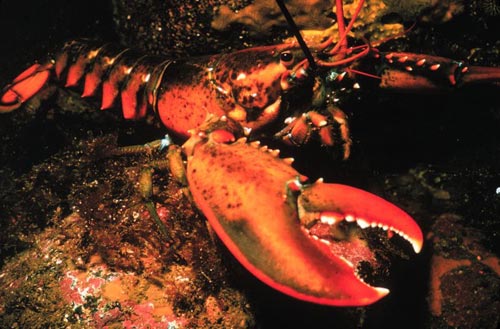
The lobster can continue growing in adulthood, so it has no known maximum size.
©NOAA Photo Library / CC BY 2.0, Flickr – License
Lobsters have indefinite growth, which suggests they continue to expand in size as they get older, with no known maximum sizes. The size of a lobster rises every time it molts and regenerates an exoskeleton. The largest lobster ever caught was more than 100 years old. The lobster weighed 44 pounds and was three and a half feet long.
5. Lobsters are Blue-blooded
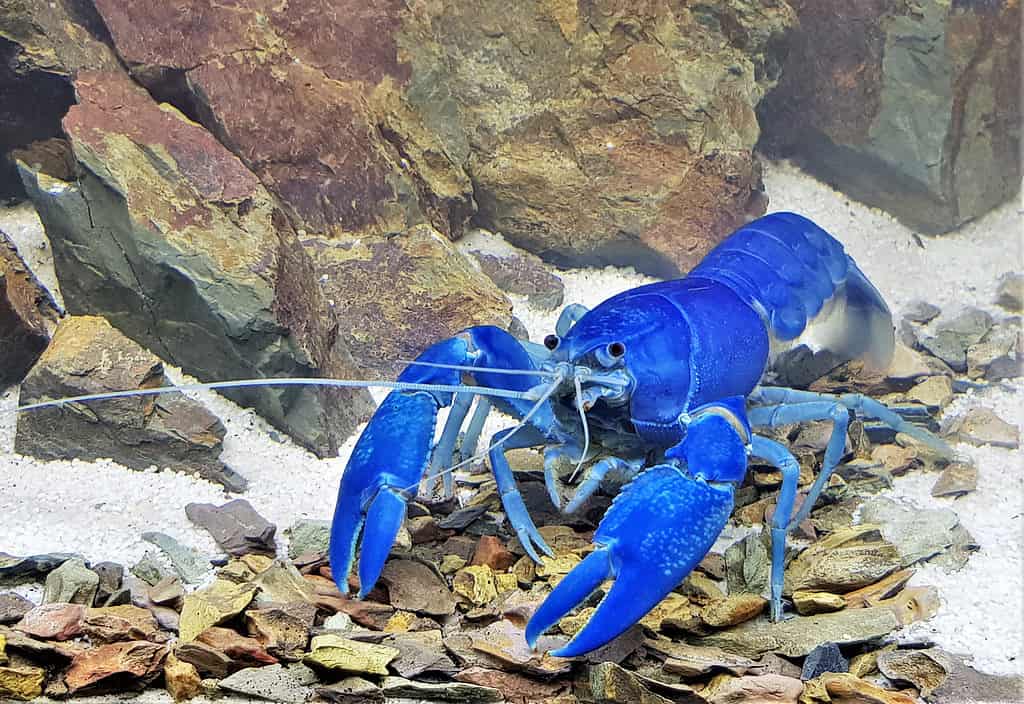
While this lobster sports a blue outer shell, all lobsters are blue-blooded.
©Arunee Rodloy/Shutterstock.com
Lobsters have blue blood, which contains chemicals known as hemocyanin, which delivers oxygen throughout the lobster’s body. Copper is present in hemocyanin, which is responsible for the blue hue of blood. Hemocyanin is also found in the blood of other invertebrates, such as snails and spiders.
On the other hand, humans and other animals have iron-based hemoglobin molecules in their blood, giving it a red tint.
6. Lobster Antennae Outperform Lobster Eyes

Although they have eyes on both sides of their heads, lobsters depend on their antennae to examine the world around them.
©davemhuntphotography/Shutterstock.com
Lobsters have eyes, but their antennae are more valuable. Although they have eyes on both sides of their heads, they depend on their antennae to examine the world around them.
The majority of lobsters have three pairs of antennae. The two more minor pairs of antennae sense changes in the seawater around them, while the longer, bigger ones probe their immediate environment. Their giant antennae are also employed to confound and distract predators while maintaining a safe distance from them.
7. Lobsters Chew with their Stomach

Lobsters chew prey like clams, crabs, and starfish in their stomachs–not in their mouths.
©OSDG/Shutterstock.com
Lobsters, unlike humans, chew their food with their stomachs. The gastric mill is a grinding structure used to break up food. Three grinding surfaces on the gastric mill break down food as it passes from the lobster’s mouth to its stomach. This lobster section can be imagined as a set of fangs on their tummies, immediately behind their eyes. This gastric mill is about the size of a walnut in a one-pound lobster.
Lobsters eat clams, crabs, starfish, and other water creatures. When food is short, lobsters may become cannibalistic and eat smaller lobsters.
8. One of the Claws of a Lobster May Exert Pressure of Up to 100 Pounds Per Square Inch
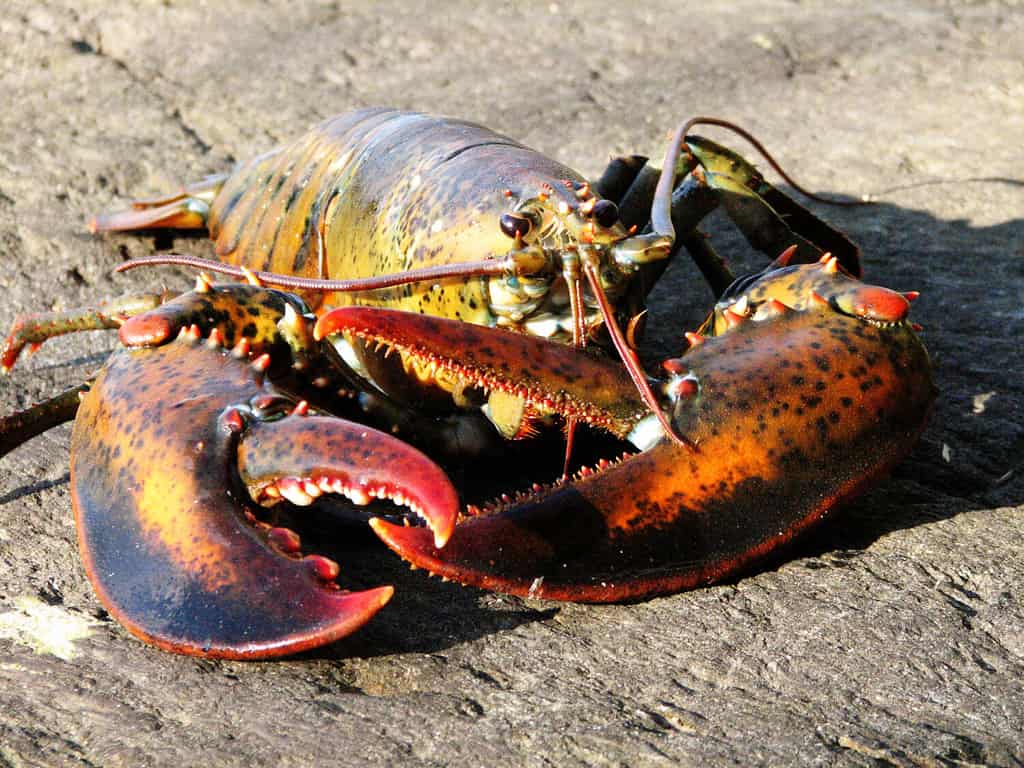
Lobster claws may exert up to 100 lbs per square inch of pressure.
©/Shutterstock.com
Another interesting detail about lobster is that it can inflict great agony on others. The claws of a lobster may exert up to a hundred pounds per square inch of pressure. This claw, which resembles teeth, is used to split open animals like crabs, clams, and mussels. If you’re having trouble imagining it, the standard pressure for residential plumbing is between thirty and eighty psi. However, the entire plumbing system could be harmed at a hundred psi.
9. A Lobster Dispute Once Erupted Between France and Brazil
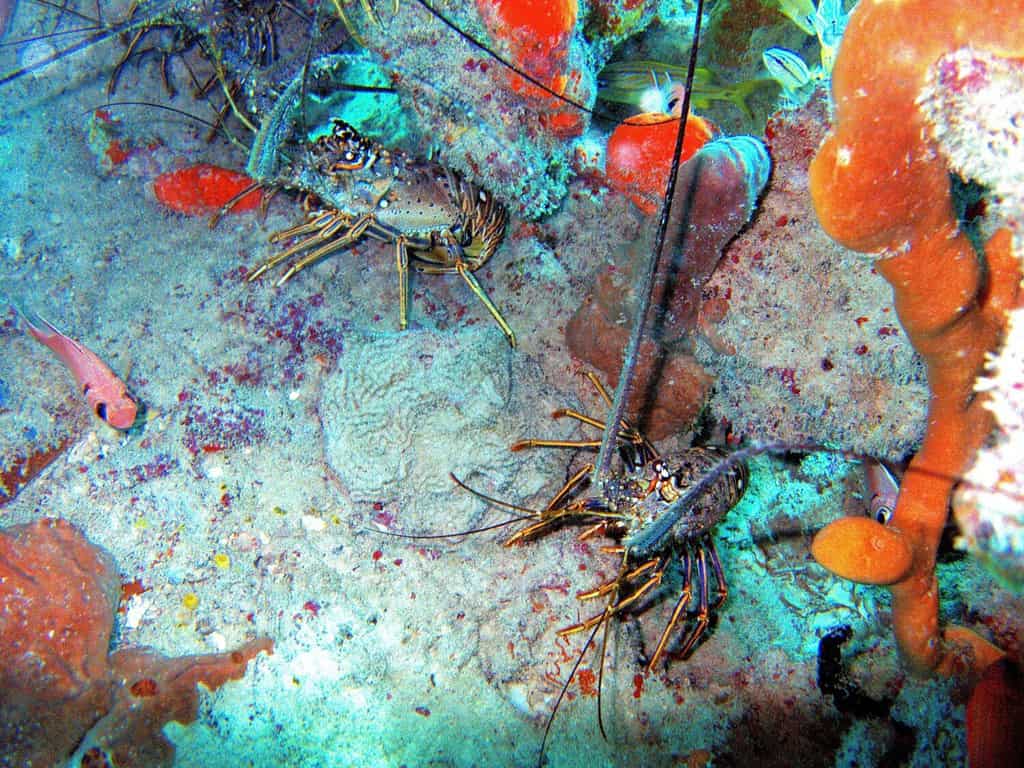
The Lobster War erupted when Brazilian authorities prevented French yachts from fishing for spiny lobsters off their coast.
©fsossi/Shutterstock.com
In 1961, a fight dubbed “The Lobster War” erupted between Brazil and France, with Brazil demanding the right to catch lobsters since they creep at the coastline and France arguing that lobsters swim.
The Lobster War had been a three-year conflict involving Brazil and France concerning spiny lobsters off the coast of Brazil. The Brazilian authorities refused to allow French yachts to fish for spiny lobsters hundreds of kilometers off the coast.
10. Lobsters Can Suffocate in Water
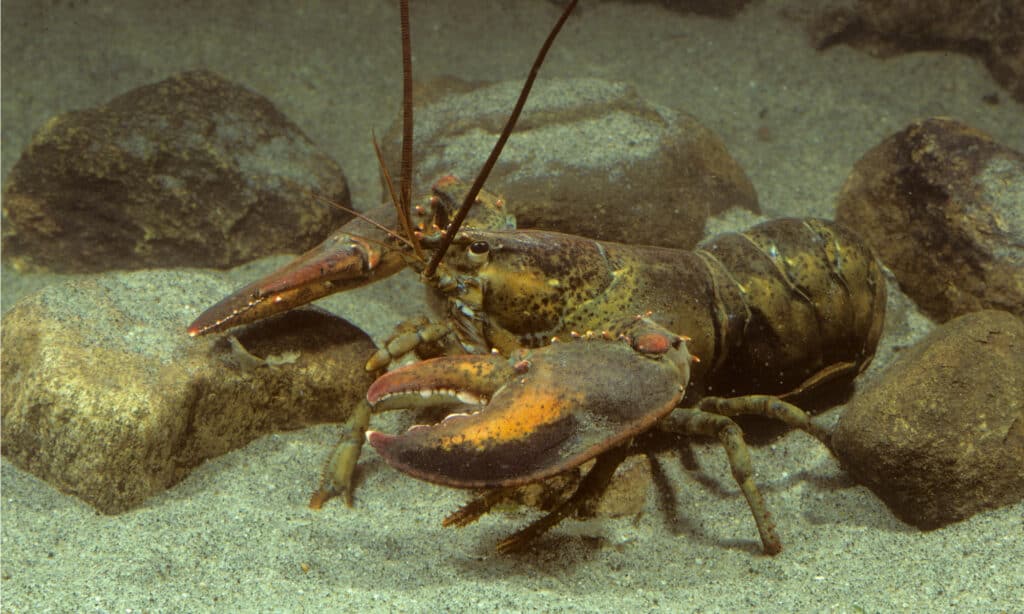
A lobster can suffocate when there is a lack of oxygen in the water.
©Breck P. Kent/Shutterstock.com
Though water is the natural habitat for lobsters, they can still suffocate in it. However, suffocation does not occur from breathing water. It happens when there is insufficient or a lack of oxygen in the water. Lobsters need oxygen to survive and when there is a depletion in the water they are placed in for an extended period, they can die in it.
The photo featured at the top of this post is © Gilmanshin/Shutterstock.com
Thank you for reading! Have some feedback for us? Contact the AZ Animals editorial team.







